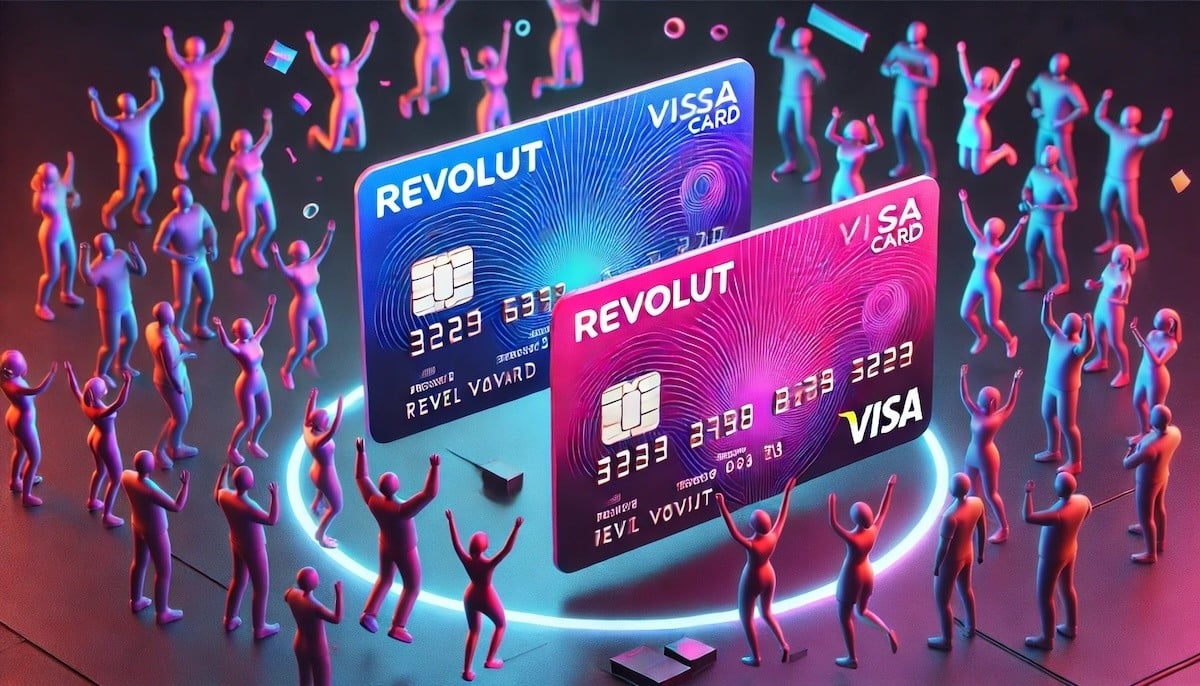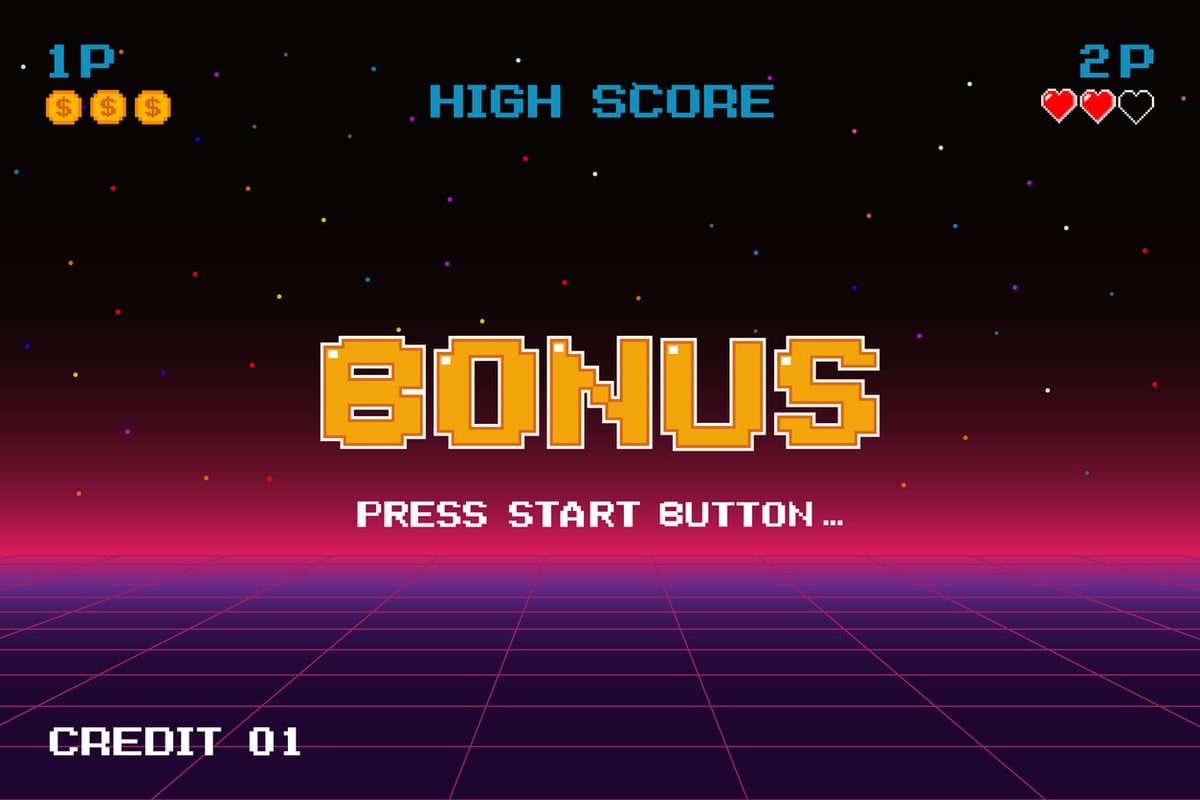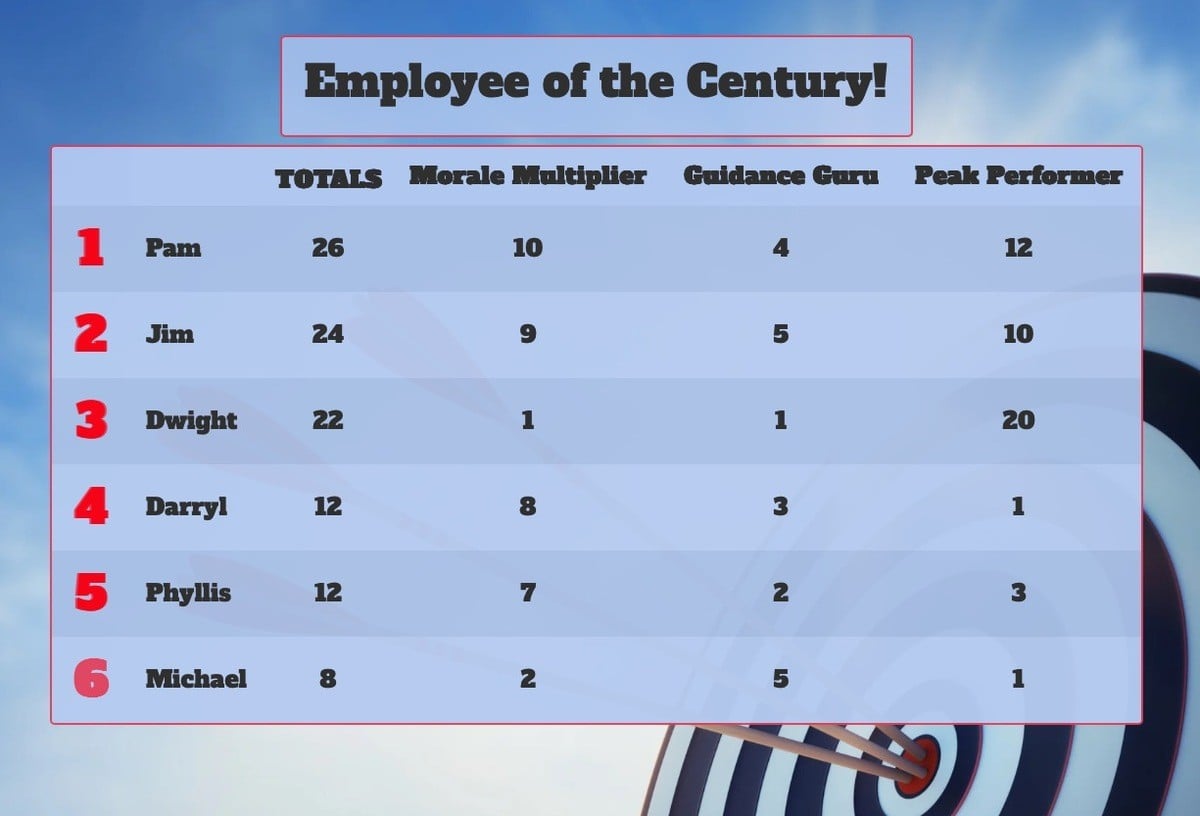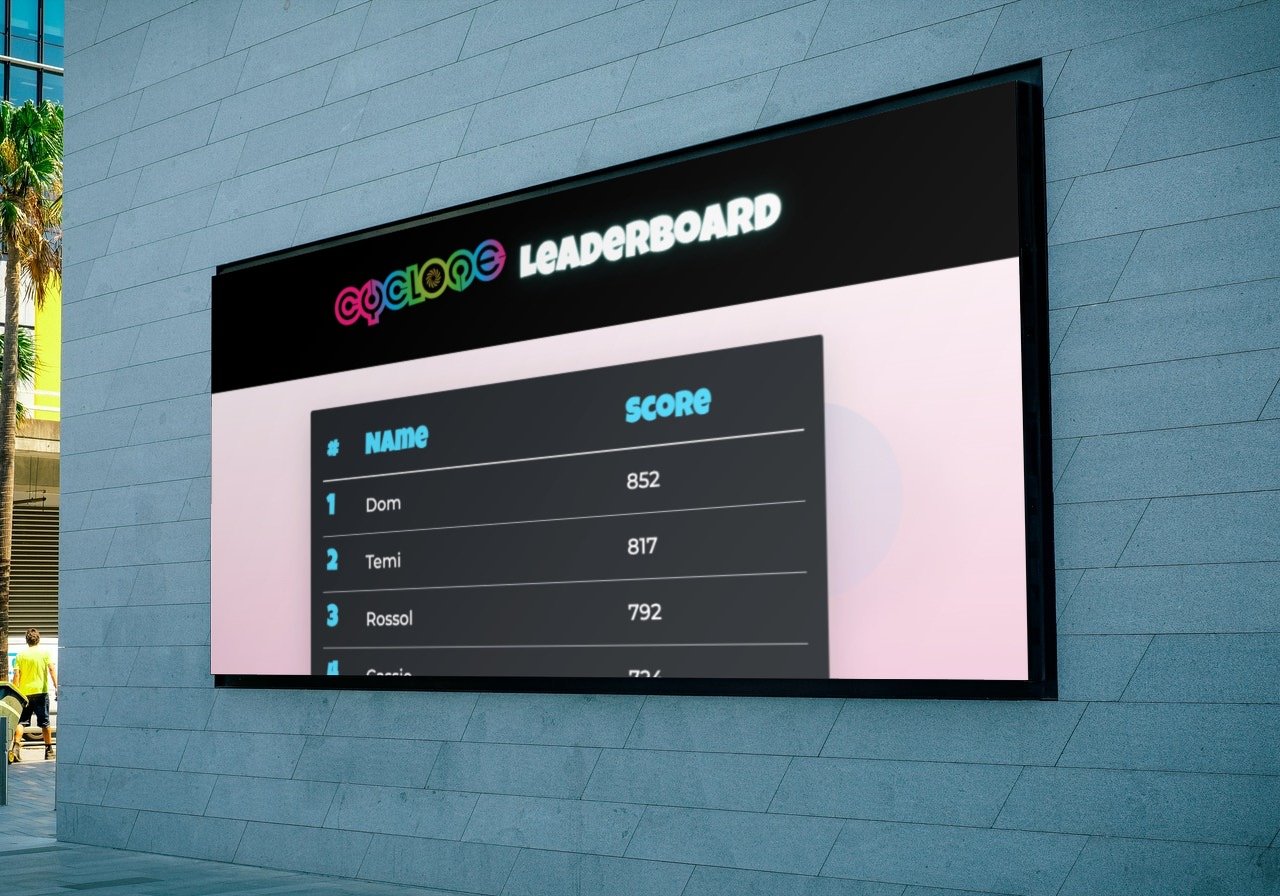Karma points. There’s no better way to incentivize someone to perform a good deed or simply do something nice than with the promise of another point on the cosmic reward system.
Revolut, the online bank, seized on this idea and initiated a literal workplace Karma points system. Points are rewarded or deducted for how well or poorly employees follow compliance and risk rules. The final tally is used to determine employee bonus amounts. The result: a twofold increase in profits in just one year. Sounds like Karma is on Revolut’s side!

Do you think a Karma bonus system might be just what your team needs to get inspired? If so, here are some tips for how to get started.
What is an employee points system?
The idea of rewarding good behavior is nothing new. Since childhood, we’ve been warned about mythical figures keeping an eye on us and tracking how good and bad we’ve been. We were conditioned to think about how Santa Claus, the Easter Bunny, and the Tooth Fairy might feel about naughtiness or poor dental hygiene. We’re primed to respond to a reward system!
An employee point system is hardly different. But instead of rewarding only positive employee behavior, it also celebrates any personal and team achievements and contributions that align with the company's goals and values. From meeting performance targets to completing projects to adhering to company policies, a job well done is acknowledged by awarding points to an individual employee, a team, or a department. And a job poorly done… you get the idea.
 Reward your employees for a job well done. Or penalize them for dropping the ball.
Reward your employees for a job well done. Or penalize them for dropping the ball.
Put simply there is a(n):
Action
Some positive and beneficial output or input by the employee.
Point
Tangible recognition of the employee's action.
Reward
Monetary or non-monetary compensation awarded on the basis of points earned.
Though the ultimate aim of a points system is employee motivation, it often comes with additional benefits like:
- Increased team spirit
- Enhanced sense of accountability
- More engagement and enthusiasm
- In the case of Revolut, a hefty revenue jump
 We are conditioned to respond to rewards-based systems so use this to your company’s advantage.
We are conditioned to respond to rewards-based systems so use this to your company’s advantage.
What behaviors can you track with your employee points system?
Before implementing an employee points system, you should take stock of what types of behavior, achievements, and employee contributions you could potentially reward. Here are a few examples:
Peak Performer
For meeting or exceeding predetermined goals and targets.
Company Culture Champion
For aligning activities and efforts with company values.
Innovation Ignitor
For helping implement and inspire new initiatives, processes, projects, etc.
Guidance Guru
For mentoring new or younger colleagues.
Morale Multiplier
For contributing to a positive workplace and team spirit.
Perfect Punctuality
For always being on time.
 What type of behavior do you want to reward in your office?
What type of behavior do you want to reward in your office?
How can you remain fair?
In order to make your employees points system a success, you should ensure that points are rewarded and tracked fairly. There are a few things you should take into consideration when doing this:
Set and communicate transparent objectives
Publish a rulebook that clearly explains the goals of your points system and how points are rewarded (or deducted) and can be redeemed.
Ensure equal opportunities for all employees
When deciding how employees can earn points, opt for a broad selection of activities so everyone has an equal opportunity to reap rewards.
Be consistent
Make sure the points are rewarded uniformly and consistently.
Set up a reliable tracking system
Use a point tracking system that is clear and accessible for everyone in order to build trust in the system.
Diversify your rewards
Offer a variety of rewards so you will have something that appeals to everyone on your team.
Have an appeals system
Just in case something goes wrong, create an easy process for appealing a decision to reward or deduct points.
Should you set up a pilot phase?
Before rolling out an extensive points system program, it might make sense to start out small and scale up once your employees are on board and enjoying the benefits. You could:
Set up a limited test phase with a control group
Choose a timeframe, maybe three to six months, and a department or several teams to participate in a pilot program.
Collect feedback
Have those involved provide feedback along the way so you can make any necessary tweaks to how points are rewarded and activities are weighted.
Involve HR
The personnel department will be best positioned to gauge employees’ responses to the system and determine if it aligns with all legal parameters.
Use KeepTheScore for your employee points system
As we mentioned, having a reliable tracking system is key for a successful launch of your employee points system. KeepTheScore has a number of tools to help you monitor individual and team success, depending on how you set up your points system. Here’s how to get started
- Create a Team Leaderboard.
- Enter the number of employees, their names, and their team (department) name.
- Click on Settings to choose a new theme or layout or add your own logo. You can also change the default colors and background image.
- Start tracking your goal! You can add and subtract points.
 Reward points by individual and team/department to motivate teamwork.
Reward points by individual and team/department to motivate teamwork.
Perhaps you’d like to clearly distinguish how points are rewarded. In that case, it makes sense to set up a score sheet with rounds. Simply:
- Create a Scoresheet with rounds.
- Enter the participants' names.
- Click on Settings to choose a new theme or layout or add your own logo. You can also change the default colors and background image.
- Each time you add scores, you can create a new round with the title of whatever activity, contribution, behavior, etc. you want to reward.
- Start tracking your goal! You can add and subtract points.
 Reward points by activity for complete transparency.
Reward points by activity for complete transparency.
Play around with KeepTheScore’s various boards. There’s a perfect board for every type of competition! And if you have any questions or insights, share them with us in the comments section! For regular inspiration on how to use KeepTheScore delivered right to your inbox, sign up for our newsletter.





